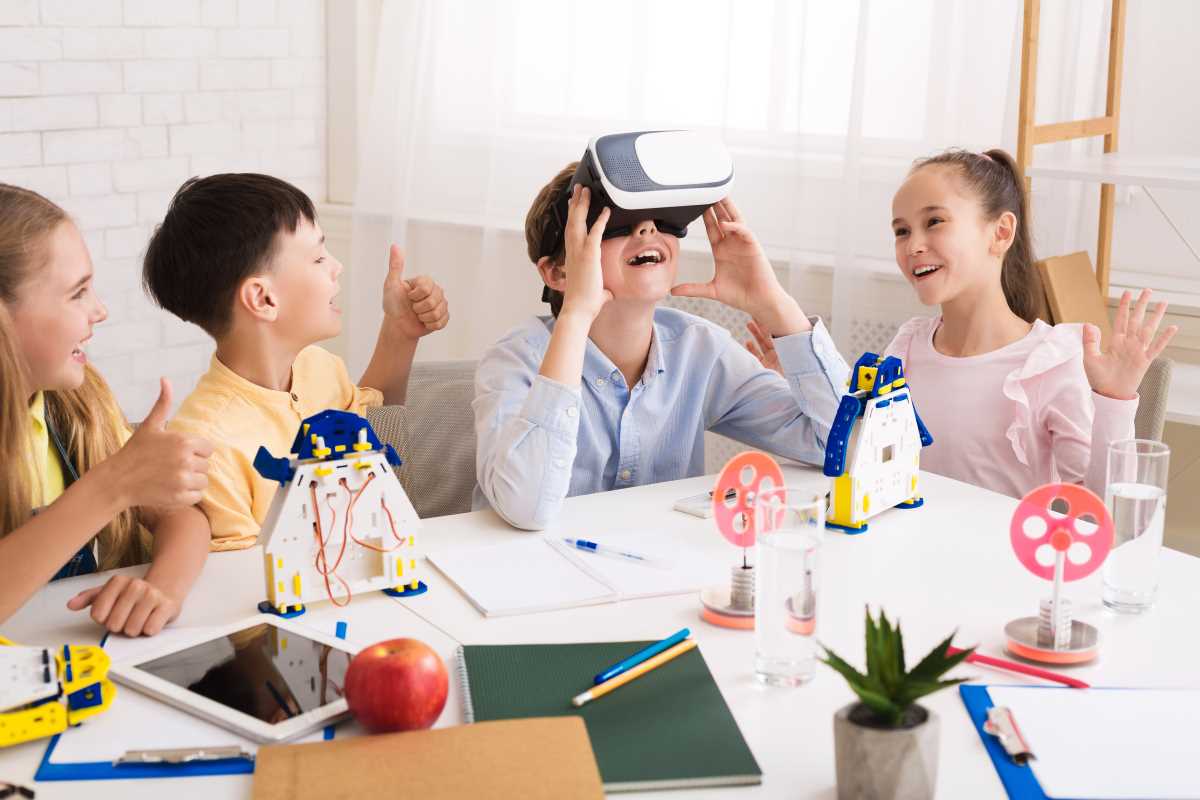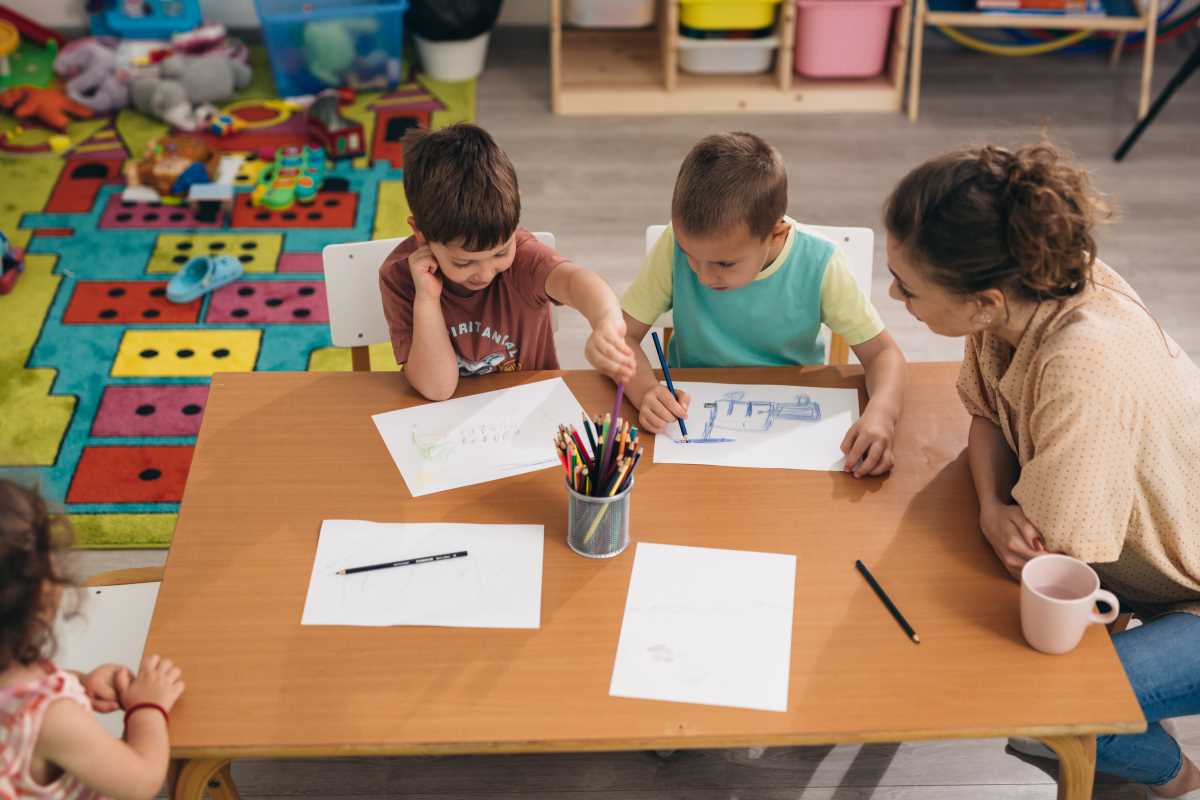Introducing coding to students with visual impairments can unlock a world of opportunities, yet it presents a distinct array of challenges. As educators, the task is to strike the right balance between making learning accessible and delivering effective instruction. The goal is to ensure that each student can fully engage with and excel in coding skills. By recognizing these hurdles and adopting well-considered methods, teachers have the chance to cultivate an inclusive classroom atmosphere. This nurturing environment empowers visually impaired students to thrive and achieve success in the ever-evolving digital landscape, preparing them for a promising future in technology.
Understanding the Needs of Visually Impaired Students
- Access to Visual Content: Traditional coding materials often rely heavily on visual elements, making it difficult for visually impaired students to follow along.
- Screen Reader Compatibility: Ensuring that all digital tools and resources work with screen readers is crucial for effective learning.
- Interactive Interfaces: Visually impaired students may struggle with graphical programming environments, requiring alternative methods of interaction.
- Tactile Feedback: Incorporating tactile elements can help students better understand coding concepts through touch.
- Personalized Learning Pace: Allowing students to learn at their own pace can enhance comprehension and retention of coding skills.
Choosing the Right Tools and Resources
- Screen Readers: Tools like JAWS and NVDA are essential for navigating coding environments and accessing text-based resources.
- Braille Displays: These devices convert screen text into Braille, enabling students to read and interact with code more effectively.
- Accessible Programming Environments: Platforms such as Visual Studio Code offer extensions and settings that enhance accessibility for visually impaired users.
- Tactile Coding Blocks: Physical blocks can help students visualize and manipulate code structures through touch.
Adapting Teaching Methods for Accessibility
Engaging visually impaired students requires a shift from purely visual teaching methods to more interactive and tactile approaches. For instance, incorporating tactile diagrams and models helps students grasp complex coding concepts without relying solely on visual aids. Interactive discussions and verbal explanations also play a significant role in ensuring that students understand the material thoroughly.
Another effective method involves incorporating audio feedback into coding exercises. By providing immediate auditory responses to code inputs, students can understand the effects of their code in real-time. This not only aids in comprehension but also makes the learning process more engaging and dynamic. Breaking down lessons into smaller, manageable segments allows students to process information at a comfortable pace, enhancing overall learning outcomes.
Innovative Coding Activities
Creating activities that are both engaging and accessible is key to building an inclusive coding classroom. One example is audio-based coding projects, where students use sound cues to debug and test their code. This approach uses auditory skills and makes the coding process more interactive. Another activity involves game-based coding challenges that provide audio feedback, allowing students to learn through play while reinforcing coding principles.
Collaborative projects offer valuable opportunities for visually impaired students to work alongside their peers. Partnering with sighted students or using pair programming techniques enables visually impaired students to contribute effectively to coding projects while building essential teamwork skills. These activities make learning more enjoyable and promote a sense of community and mutual support within the classroom.
Collaborative Learning and Support Networks
Establishing peer groups and support systems is vital for the success of visually impaired students in coding programs. Forming dedicated groups where students can share experiences, troubleshoot issues, and celebrate successes creates a supportive learning environment. These groups provide a platform for students to seek assistance and offer help to one another, enhancing their overall coding journey.
Connecting with external support networks, such as organizations that specialize in accessible education, can provide valuable resources and guidance. Mentorship programs, where experienced developers with visual impairments guide students, can inspire and motivate learners. These support systems aid in skill development and build confidence and resilience among students, encouraging them to pursue their coding aspirations with determination.
Inclusive education makes coding accessible for visually impaired students by addressing their needs and using suitable tools. By adapting teaching methods and fostering support networks, educators help these students succeed in technology.







